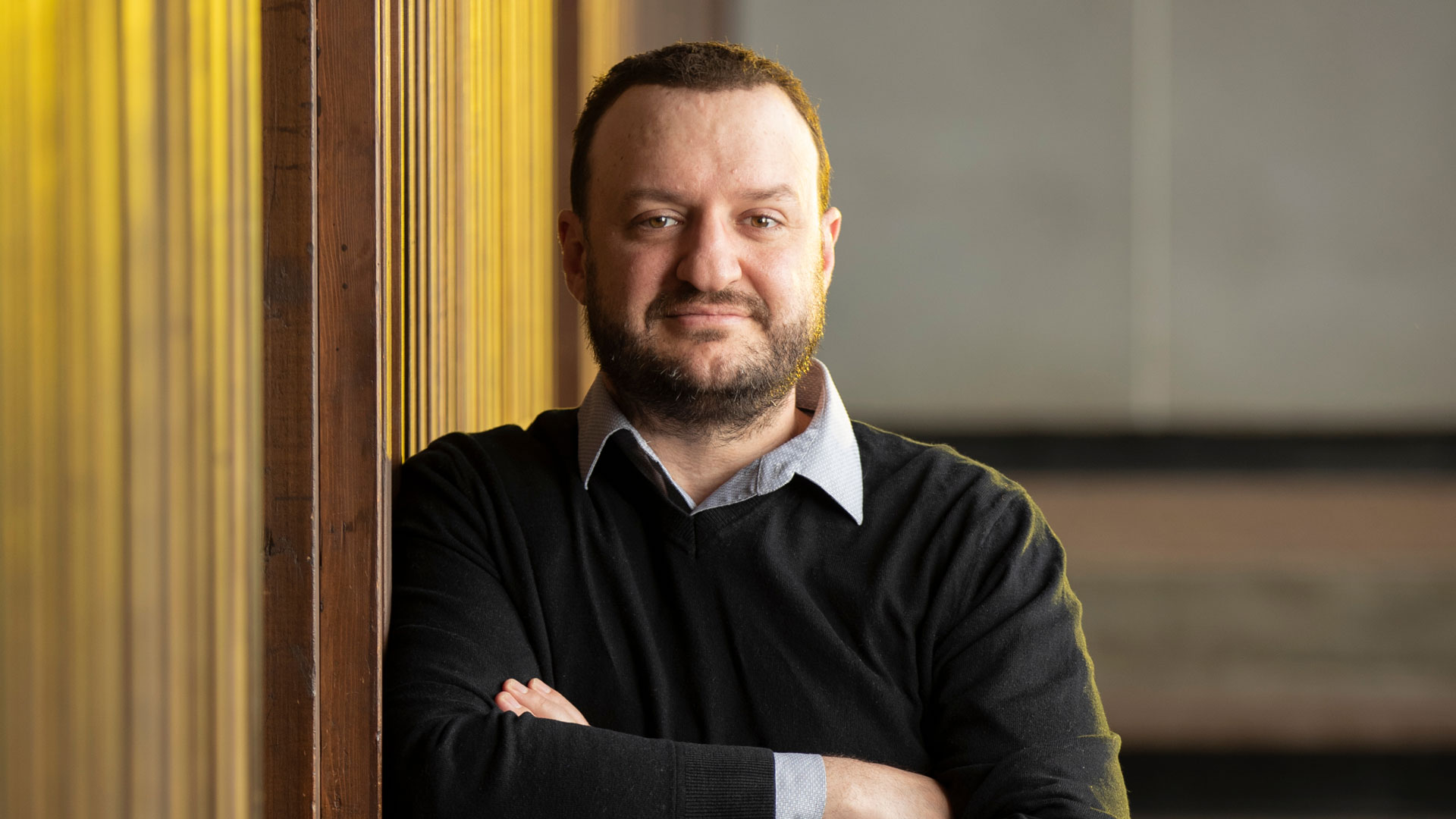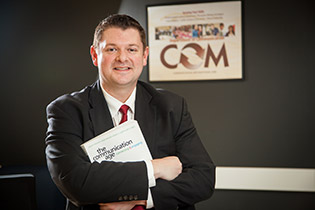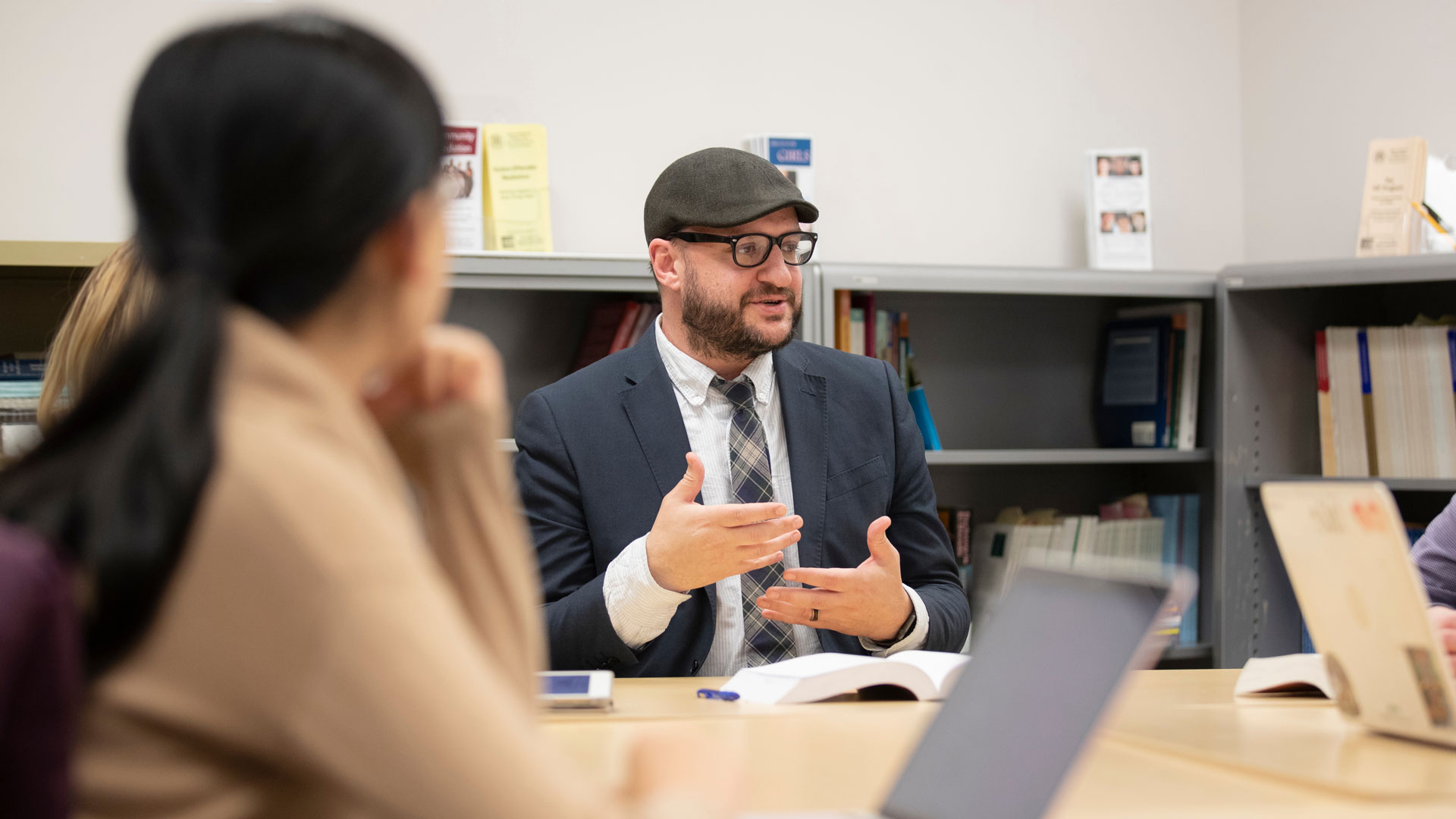Search results for "wahl"

Communicating across an ever changing landscape
As a corporate trainer and executive coach for a variety of organizations, Dr. Shawn Wahl, head of the department of communication at Missouri State University, trained individuals how to listen, communicate their needs, persuade co-workers and bosses, motivate teams and navigate through difficult situations with customers and clients. With this knowledge, he’s written five books to improve communication skills. The latest book, “Communication and Culture in Your Life,” was published in spring 2014.
In this book, Wahl describes the importance of a global perspective – understanding language barriers, accounting for cultural social cues (like a lack of eye contact being a sign of respect or a sign of low self-confidence) and treating all people with dignity and respect.
“If we’re talking about international business, there are certain principles of cultural competency that we have to have. And cultural competency is directly related to human communication in terms of the choices we make as communicators,” Wahl said.
His expertise is directly relatable to students just entering the workforce as well as those he trains in corporate and non-profit settings, which has included major health care networks and oil and gas companies to name a few.
“The themes and titles of several of my book projects include the phrases ‘in your life’ and ‘excellence,’” he said. “How can you use human communication research to expand your family, your professional situation, and landing a good job?”
 Emoticons: the new nonverbal communication
Emoticons: the new nonverbal communication
In a world with more communication options than ever before, including Facebook, Twitter, text messages, Instagram, email and other social media avenues that pop up every day, Wahl explains that competent communication choices need to be stressed early and often. His book, “The Communication Age: Connecting and Engaging” released in 2013, looks at the qualities of good human communication over time and how to maintain those qualities when it’s being mediated through technological devices.
“Because we spend so much time looking at our smart phones, there are now some things that we do that serve as nonverbal communication within our text messages,” said Wahl. “Also, if we don’t respond to a text, time is communication. If we don’t respond right away, the recipient might get frustrated or wonder what happened.”
Traditional nonverbal cues include hand gestures, body language and eye contact, but when communication isn’t face-to-face, all of this can be lost. Physical visual cues like a frown or a smile, which are biological and immediate from birth, noted Wahl, are replicated in these new communication forms but need to be thought about carefully.
“Step back and think about it . . . if I send an email or text message, there are still positive and negative reactions associated with my communication choices. Just like if you roll your eyes in a face-to-face interaction, you can do those in social media, too, but is it responsible?”
Wahl’s other book projects include “Nonverbal Communication for a Lifetime” (2014, second edition), “Business and Professional Communication: Keys for Workplace Excellence” (2014, second edition) and “Persuasion in Your Life” (2013).




